Consulting can be stimulating and lucrative for physicists
0 Comments
Light pollution is drowning the starry night sky faster than thought
Goodbye, dark sky. The stars are rapidly disappearing from our night sky
Giant satellite outshines stars, sparking fresh concerns for astronomers
The Next Few Years Are 'Prime Time' to Spot the Northern Lights — Here's How to See Them
Bluewalker 3 satellite is brighter than 99.8 per cent of visible stars
|
MediaAvailable for radio/TV/print interviews and appearances relating to astronomy, light pollution, dark skies and more. Contact me! Archives
July 2024
Categories
All
|
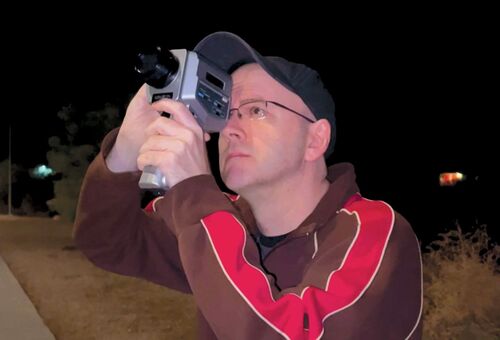
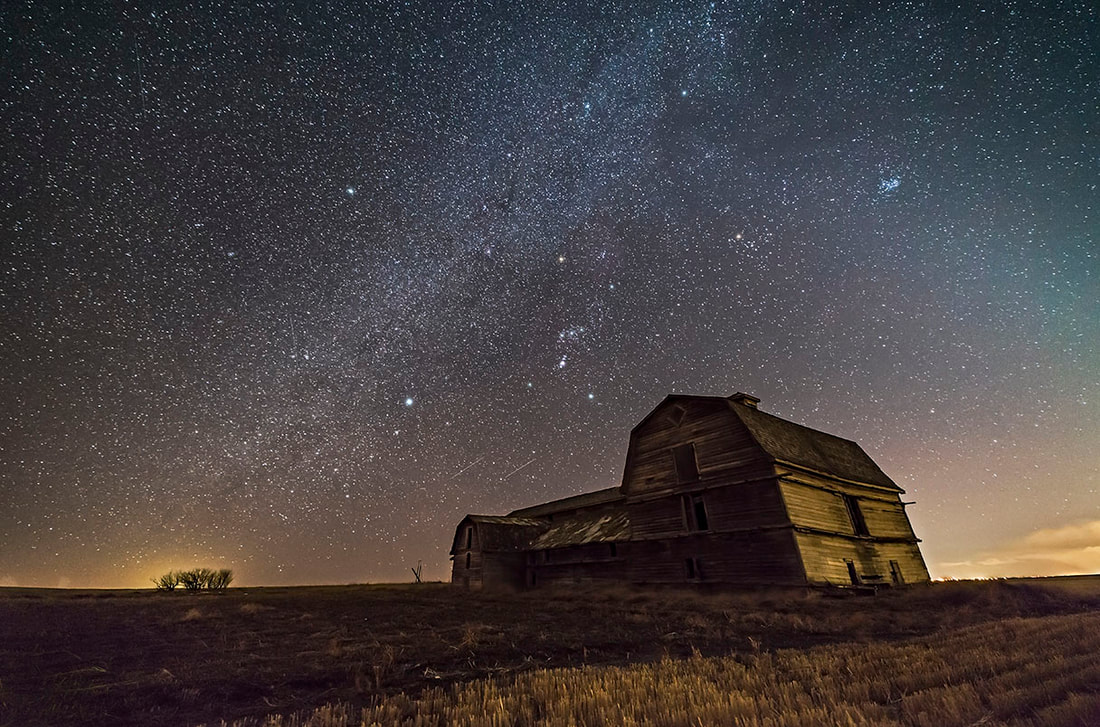
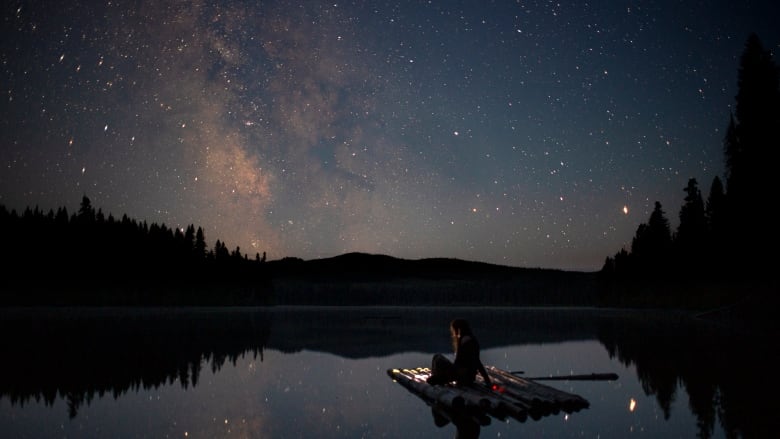
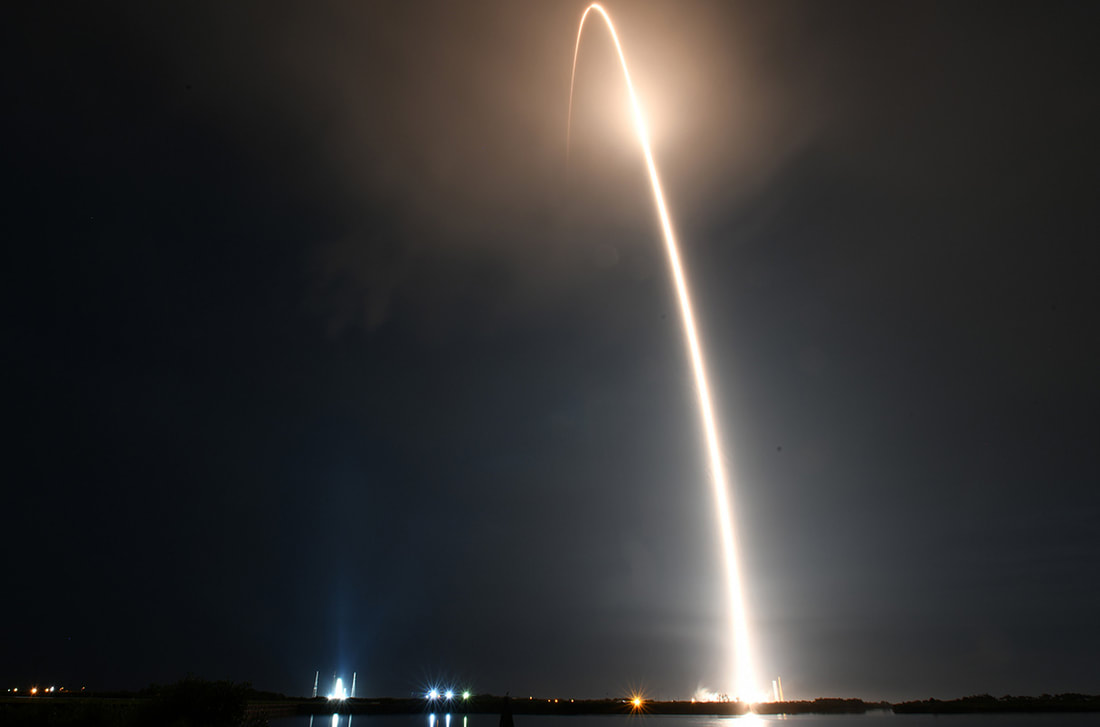
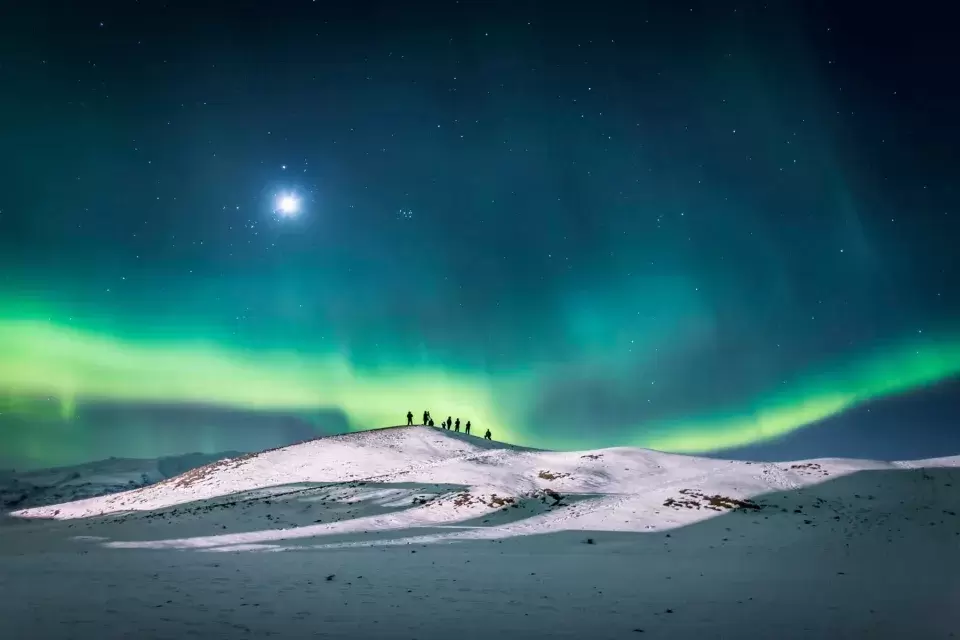
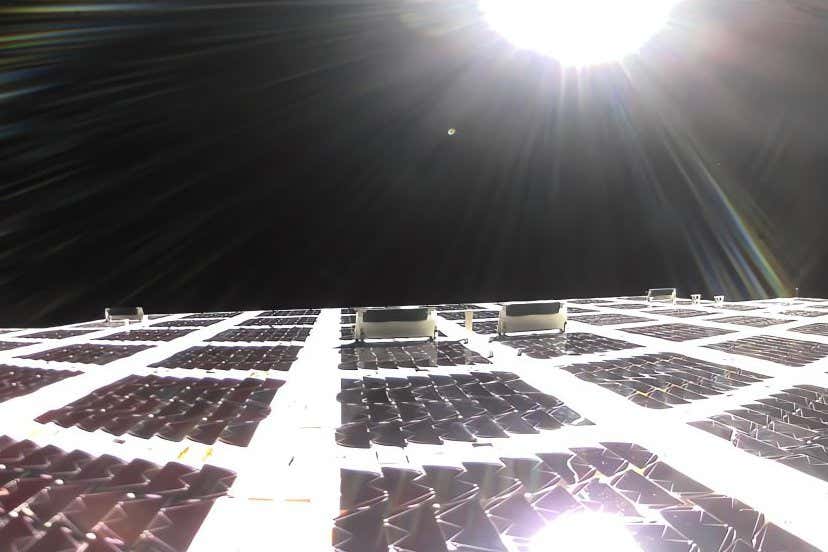
 RSS Feed
RSS Feed